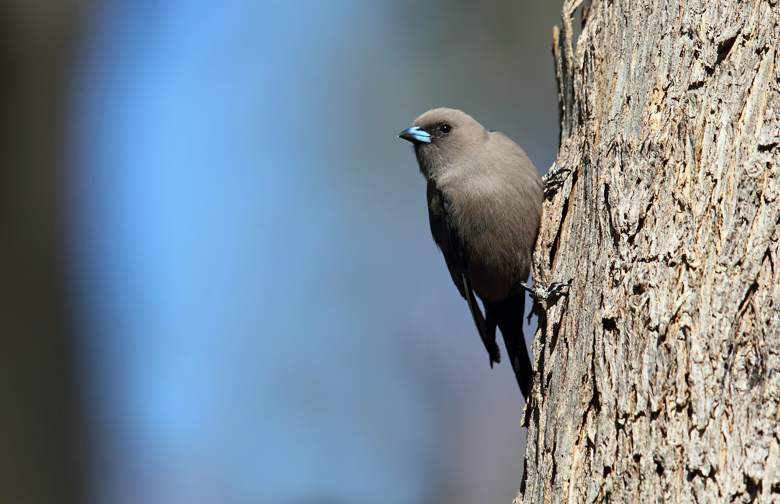The Goulburn Broken Catchment Management Authority’s 2024 Year of the Wing highlights the birds and bats in our local landscape and the habitat they need to survive, which includes large old paddock trees.
Goulburn Broken CMA Project Officer, Janice Mentiplay-Smith, said in Autumn landholders consider stubble burning in their paddocks and these vital trees were at risk.
“Large old paddock trees, dead or alive, are vitally important for our local birds and bats,” Ms Mentiplay-Smith said.
“These iconic old trees are dotted throughout our region but are often destroyed or incrementally weakened by the effects of burning, which has led to their decline across our rural landscape.
“Paddock trees are essential to a healthy farming landscape and are valued by the community for their economic and landscape benefits.”
As well as providing aesthetic appeal, paddock trees provide livestock with shelter from heat, wind and cold. Their canopies reduce wind and water loss to crops, they store carbon, produce organic matter, recycle nutrients and improve soil biology and structure through their roots and connection to soil organisms. They mitigate erosion and salinity and provide essential perching sites, habitat and highways for native birds, bats and other animals to move through the landscape.
“Paddock trees provide nesting and roosting sites for the birds and bats that eat insect and rodent pests and supply habitat for the pollinators that are essential for farm and landscape health,” Ms Mentiplay-Smith said.
“It’s important to remember that every paddock tree is important, as once lost, these hundreds-of-years old sentinels of the landscape cannot be quickly replaced.”
Greater Shepparton City Council Manager Environment, Sharon Terry, urged famers and landholders to understand the risks associated with stubble burning and act accordingly.
“It is illegal to remove, lop or destroy native vegetation including paddock trees and standing dead trees, therefore protecting native vegetation during a stubble burn is crucial” she said.
“Paddock trees are iconic to our agricultural landscape and provide numerous benefits that are vital to maintain a healthy environment.”
To protect your paddock trees when burning:
- Conduct burning in cooler weather with minimal wind. A cooler fire means soil microbes are less impacted than when the fire burns hot.
- Keep in mind that the heat from a burn can affect a paddock tree 8-10 metres away. Ensure scorching does not occur, as over time this incremental damage will contribute towards the tree’s demise.
- Investigate alternatives to annual burning. Stubble retention provides ground cover that protects topsoil from wind and water erosion, helps build soil structure and helps the soil retain moisture.
- Protect all paddock trees by placing a fire break at least seven metres from the tree canopy edge or ‘drip line’.
- Protect dead trees with a firebreak as they are valuable roosting, perching and nesting habitat for a variety of bat and bird species.
- If you are planting ‘future paddock trees’, plant them in large, deep clumps interspersed with shrubs to provide a buffer against heat and scorch.
- Locate stock feeding stations away from paddock trees to reduce stock pressure, nutrient build up and soil compaction. The build-up of old, dry fodder around a tree will generate excess heat that may result in tree-scorch during a burn.
- Spread out large logs around the base of the tree to prevent stock from accessing the vulnerable root zone, rather than stack them in a heap. Should it catch fire, stacked timber will generate excessive heat and flame that will most likely kill the paddock tree.
- Heat scorch can be minimized by undertaking small back burns from the fire break around the paddock tree.
- Landowners are required to check and follow regulations and laws set down by the CFA and local councils. Stay in attendance at the burn until it is completely extinguished and ensure there is an adequate water supply and resources on hand to control the burn.
- For more information on paddock trees on farms visit Protect and restore paddock trees – ANU Sustainable Farms

Dusky Woodswallow on a paddock tree. Photo Chris Tzaros.